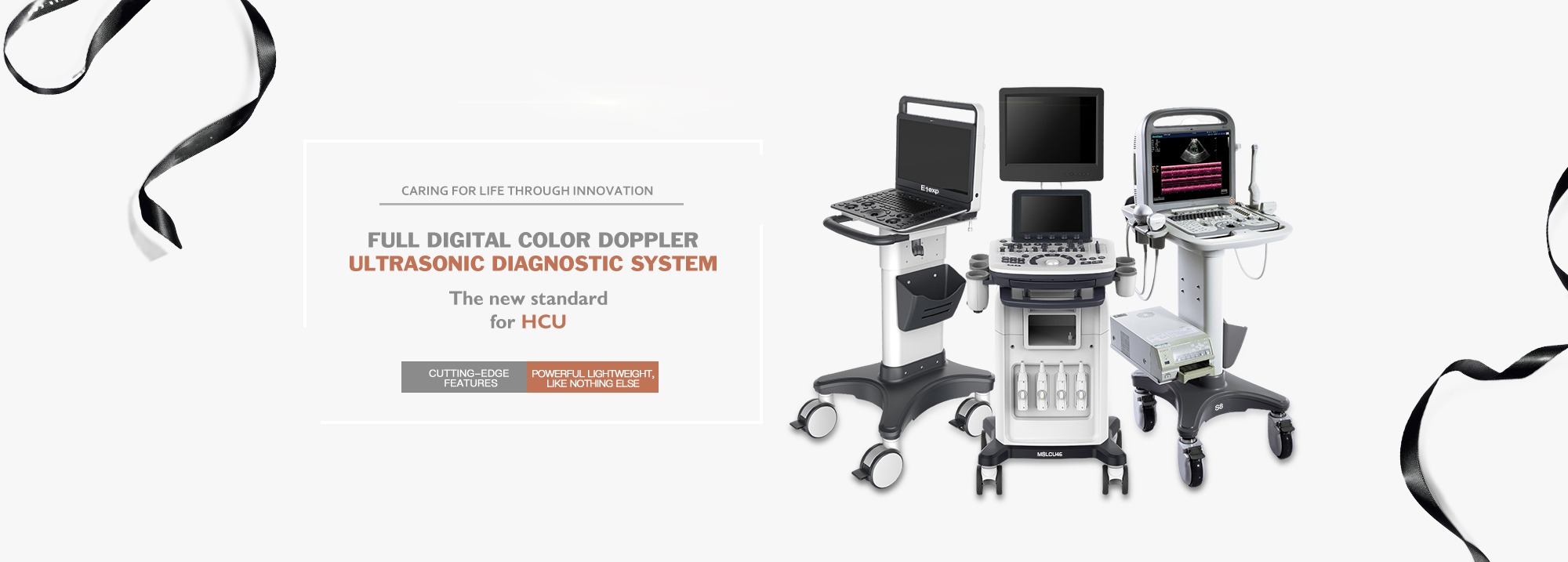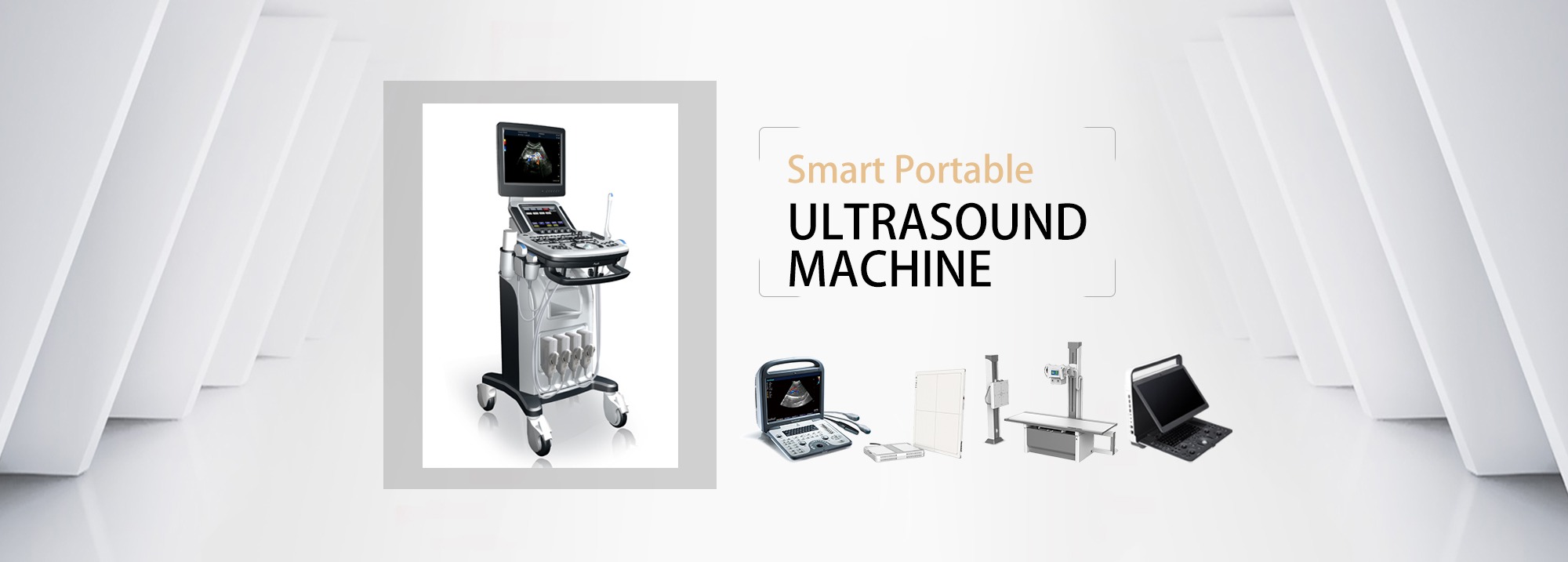With the increasing popularity of ultrasound equipment, more and more clinical health care workers are able to use ultrasound for visualization work. People who don't know ultrasound-guided puncture techniques are sorry to stay in the industry. However, from the clinical use I have observed, the popularity of ultrasound equipment and the popularity of ultrasound visualization is not equivalent. In the case of ultrasound-guided puncture in the field of vascular access, many people are still in the stage of pretending to understand, because although there is ultrasound, they cannot see where the puncture needle was. A true ultrasound-guided puncture technique requires firstly that the position of the needle or needle tip can be seen under ultrasound, rather than being estimated and then "blindly penetrate" under ultrasound guidance. Today, we will talk about the visibility and invisibility of the puncture needle under ultrasound.
Ultrasound-guided puncture is generally divided into in-plane puncture and out-of-plane puncture, both of which are applied in the field of vascular access and are best well mastered. The following is an excerpt from the American Society of Ultrasound Medicine's practice guidelines for ultrasound-guided vascular access procedures, describing the two techniques.

In-plane (Long axis) VS Out-of-plane (Short axis)
- In-plane/ Out-of-plane indicates the relative relationship to the needle, with the needle parallel to the ultrasound imaging plane being in-plane and the needle perpendicular to the ultrasound imaging plane being out-of-plane.
- In general, in-plane puncture shows the long axis or longitudinal section of the vessel; out-of-plane puncture shows the short axis or cross section of the vessel.
- Therefore, out-of-plane/ short-axis and in-plane/ long-axis are synonymous by default for vascular access ultrasound.
- Out-of-plane can be done from the top of the vessel center, but the tip of the needle must be tracked by rotating the probe to avoid underestimating the tip depth; the probe fans from the body of the needle toward the tip, and the moment the bright spot of the tip disappears is the tip position point.
- In-plane allows static observation of the needle tip position, but it could easily lead to "slipping" out of the plane where the needle is located or/ and the central plane of the vessel; in-plane puncture is more appropriate for large vessels.
- In-plane/ out-of-plane combination method: utilize out-of-plane/ short-axis scanning to confirm the needle tip reaches the center of the vessel, and rotate the probe to in-plane/ long-axis needle entry.
The ability to statically observe the needle tip or even the entire needle body in real time within the plane is obviously very helpful! But keeping the needle in the ultrasound imaging plane without the aid of a puncture frame requires hundreds of practice sessions to master the technique. In many cases, the angle of the puncture is too large, so that the needle is clearly in the ultrasound imaging plane, but you can't see where it is. Ask the old man next door what's going on. He may tell you that the puncture needle is not perpendicular to the ultrasound scan line, so you can't see it. Then why can you see it faintly when the puncture angle is slightly smaller, and even more clearly when it is much smaller? He may be stumped as to why.
The angle of the puncture needle in the figure below is 17° and 13° respectively (measured with the benefit of hindsight), when the angle of 13° the entire body of the puncture needle is very clearly shown, when the angle of 17°, the body of the needle can only be faintly seen a little, and the angle is larger by a hoodwink. So why is there such a big difference in the angle of the puncture needle display with only a 4° difference?


It should start from the ultrasound emission, reception and focus. Just like the aperture control in photographic focus, each point on the photo is the combined focus effect of all the light through the aperture, while each point on the ultrasound image is the combined focus effect of all the ultrasound transducers within the emission and reception apertures. In the picture below, the red line marks the range of the ultrasound emission focus schematically, and the green line is the range of the receive focus schematically (right border). Because the needle is bright enough to produce specular reflection, the white line marks the normal direction to the specular reflection. Assuming that the red line marks the focus range of the emission is like two "rays", after hitting the needle mirror, the reflected "rays" are like the two orange lines in the picture. Since the "ray" on the right side of the green line exceeds the receiving aperture, and cannot be received by the probe, the "ray" that can be received is shown in the orange area in the picture. It can be seen that at 17°, the probe can still receive very little ultrasound echo, so the corresponding image is faintly visible, while at 13°, the echoes can be received significantly more than at 17°, so the image is also more clear. With the decrease of the puncture angle, the needle lies more and more horizontal, and more and more of the reflected echoes of the needle body can be effectively received, so the needle development is better and better.
Some meticulous people will also find a phenomenon, when the angle is less than a certain value (the needle does not need to completely "lie flat"), the needle body development basically remains the same level of clarity. And why is this? Why do we draw a smaller range of emission focus (red line) than the range of reception focus (green line) in the picture above? This is because in an ultrasound imaging system, the transmit focus can only be a single depth of focus, and while we can adjust the depth of the transmit focus to make the image clearer near the depth we are focusing on, we don't want it to be blurry beyond the depth of focus. This is very different from our needs to take artistic photos of beautiful women, which requires a large aperture, small depth of field to bring the background foreground all bokeh. For ultrasound imaging, we want that the image is clear enough in a range before and after the depth of focus, so we can only use a smaller transmitting aperture to obtain a larger depth of field, thus maintaining the uniformity of the image. As for the receiving of focus, the ultrasound imaging system has now been fully digitalized, thus the ultrasound echo of each transducer/ array element can be saved, and dynamic continuous focusing is then performed digitally for all imaging depths. So we can try to open the receive aperture as large as possible, as long as the array element receiving the echo signal are all utilized, a finer focus and better resolution can be ensured. Back to the earlier topic, when the puncture angle is decreased to a certain extent, the ultrasonic waves emitted by the smaller aperture can be received by the larger receiving aperture after being reflected by the needle body, so the effect of the needle body development will naturally remain basically the same.
For the above probe, what can we do when the in-plane piercing angle exceeds 17° and the needle is invisible? If the system supports, you can try the needle enhancement function. The so-called puncture needle enhancement technology generally means that after a normal scan frame of the tissue, a separate scan frame is inserted in which both the transmit and receive are deflected, and the direction of the deflection is toward the direction of the needle body, so that the reflected echo of the needle body can fall into the receiving focus aperture as much as possible. And then the strong image of the needle body in the deflection image is extracted and displayed after fusing with the normal tissue image. Due to the size and frequency of the probe array element, the deflection angle of the high-frequency linear array probe is generally not more than 30°, so if the puncture angle is more than 30°, you can only see the needle body clearly by your own imagination.


Next, let's look at the out-of-plane puncture scenario. After understanding the principle of in-plane needle development, it is much easier to analyze out-of-plane needle development. The rotational fan sweep mentioned in the practice guide is a critical step for out-of-plane punctures, and this applies not only to finding the needle tip position, but also to finding the needle body. It's just that the puncture needle and the ultrasound imaging are not in the same plane at the time. Only when the puncture needle is perpendicular to the imaging plane can the ultrasonic waves incident on the puncture needle be reflected back to the ultrasonic probe. Since the thickness direction of the probe is generally through the physical focusing of the acoustic lens, the apertures for both transmit and receive are the same for this direction. And the size of the aperture is the width of the transducer wafer. For high-frequency linear array probes, the width is only about 3.5mm (the receiving aperture for in-plane imaging generally exceeds 15mm, which is much larger than the wafer width). Therefore, if the reflected echo of the out-of-plane puncture needle body is to return to the probe, it can only be ensured that the angle between the puncture needle and the imaging plane is close to 90 degrees. So how do you judge the vertical angle? The most obvious phenomenon is the long "comet tail" dragging behind the strong bright spot. That’s because when ultrasonic waves are incident vertically on the puncture needle, in addition to the echoes directly reflected back to the probe by the needle surface, a small amount of ultrasonic energy enters the needle. The ultrasound travels rapidly through the metal and there are multiple reflections back and forth inside it, on account of the echoes reflecting many times came later, a long "comet tail" is formed. Once the needle is not perpendicular to the imaging plane, the sound waves reflected back and forth will be reflected in other directions and cannot return to the probe, so the "comet tail" cannot be seen. The phenomenon of the comet tail can be seen not only in out-of-plane puncture, but also in in-plane puncture. When the puncture needle is nearly parallel to the probe surface, rows of horizontal lines can be seen.
In order to illustrate the in-plane and out-of-plane "comet tail" more graphically, we take the staples in the water out-of-plane and in-plane sweep performance, the results are shown in the picture below.
The picture below shows the image performance of different angles when the needle body is out of plane and the rotating fan is scanned. When the probe is perpendicular to the puncture needle, it means that the puncture needle is perpendicular to the ultrasound imaging plane, so you can see the obvious “comet tail”.
Keep the probe perpendicular to the puncture needle, and move along the needle body toward the needle tip. When the "comet tail" disappears, it means that the scanning section is close to the needle tip, and the bright spot will disappear further ahead. The position before the bright spot disappears is where the needle tip is. If you are not sure, you can do a small-angle rotating fan sweep near this position to confirm again.
The main purpose of the above is to help beginners quickly find where the puncture needle and needle tip are. The threshold of ultrasound-guided puncture technology is not that high, and what we should do is to calm down and well understand the skill.


Post time: Feb-07-2022






